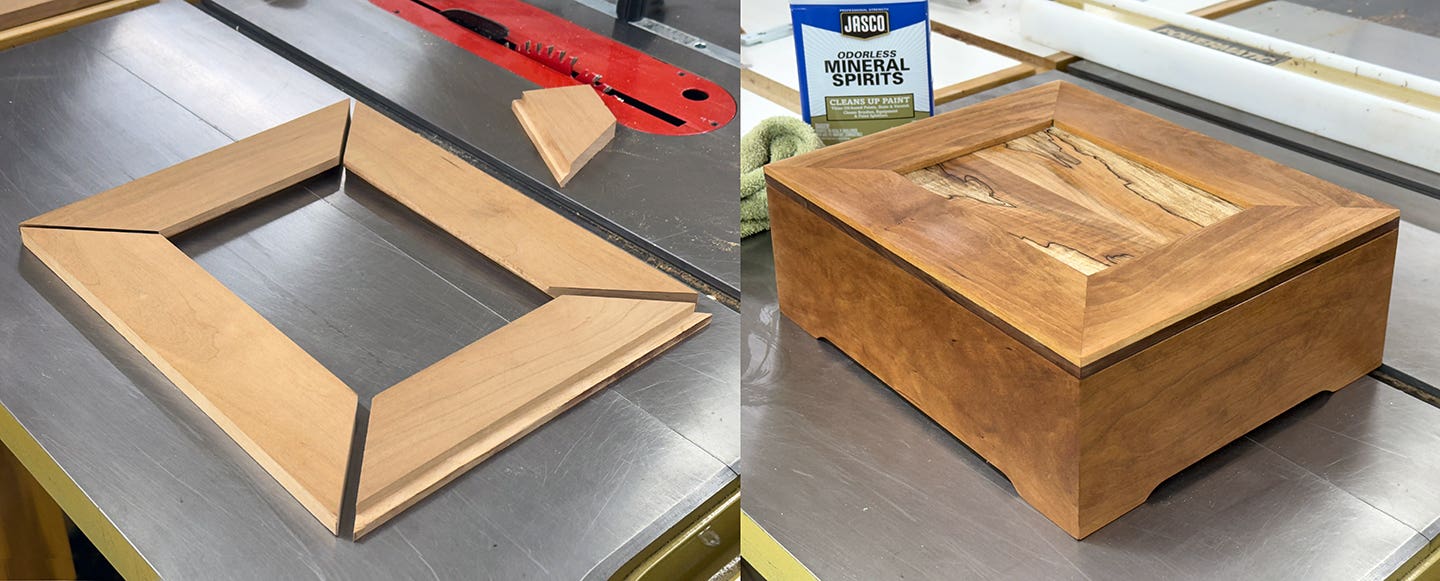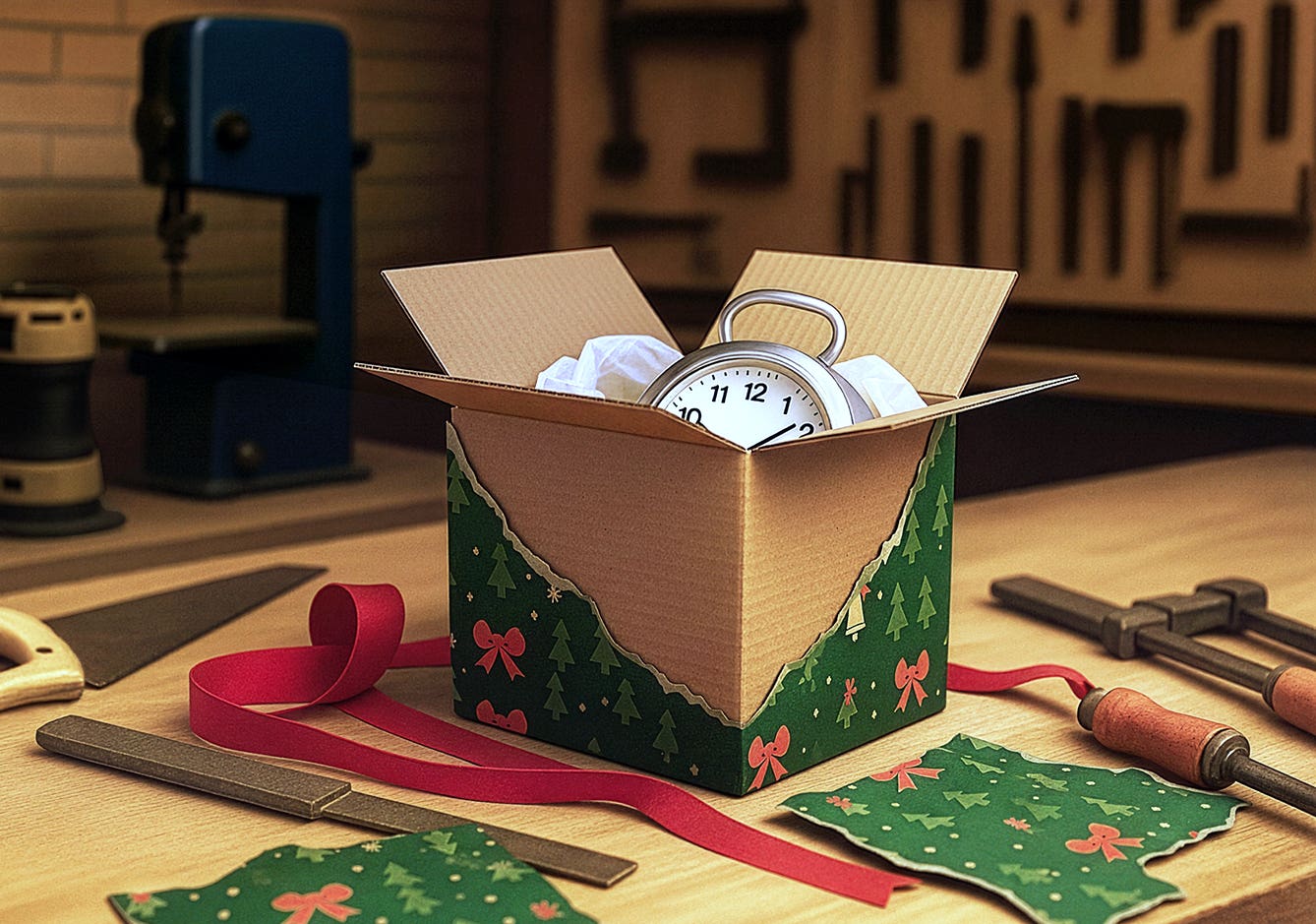Dont glaze over this coloring technique
I’ve seen this happen a lot. A shopper buys a nice-looking antique at an auction, antique shop or flea market. It needs a little repair and the finish is a…
I've seen this happen a lot. A shopper buys a nice-looking antique at an auction, antique shop or flea market. It needs a little repair and the finish is a bit shabby, but the proportions are good and it is structurally sound. He envisions it cleaned up, maybe refinished, and restored to its former luster. He takes it to a refinishing shop with a good reputation and explains what he wants done.
{loadposition position10}
Three week later, he picks it up. The repairs have been done well; the color is even and matches what he had selected as the color standard. The sheen is consistent and also to the standard, and he can't fault the workmanship. But it isn't what he envisioned the piece would look like. He really can't put his finger on it and, without real cause for complaint, he pays for the work and takes the piece home.
His wife sees the problem quite clearly. It looks almost new. The coloring is too even, almost bland. The "character" of the piece has changed. Before, even seen through the dull surface and accumulated dirt, there was more differentiation of color, or pattern, in the wood and a multilayered look that accentuated the depth of the wood. There were lighter areas where more wear had occurred and darker areas, usually where there would be little contact with clothing or cleaning cloths.
The finisher removed all those traces of use and wear and applied a single stain, sealer and topcoat. A more experienced finisher might have done it differently, applying a stain (a dye stain, if the wood had the potential to show depth and figure), a sealer and then a glaze before topcoating.
The art of glazing
Typically, a glaze is a pigmented stain applied over a sealer or finish coat to provide additional depth, color and richness to a finish. The glaze is brushed, wiped or sprayed onto a sealed surface and allowed to dry to a dull sheen. It is then wiped off selectively, allowing more color to remain in pores, scratches or low areas of a profile such as carving or fluted legs, and less color on more exposed areas of the finish.
Traditional glazes are made with a drying oil, such as boiled linseed oil, a solvent such as mineral spirits and pigment such as oil or universal color. As it dries, it takes a mechanical bond to the surface below. The longer it dries, to a point, the more tenacious the bond, but it can be removed with a cloth, abrasive pad, steel wool or solvent such as naphtha. The ability to selectively remove the glaze without affecting the surface below is one of the keys to glaze's versatility. If you make a mistake, you can easily erase it and start over.
A "clean wipe" removes the entire glaze that can be lifted without picking into corners, leaving just a haze of color over the paint or stain below, adding interest and depth. Conversely, a heavy glaze on a raised panel door can be wiped quite clean in the center of the panel and wiped less vigorously toward the edges of the panel for a "sunburst" effect, drawing attention to the lighter center.
The finisher can use 4/0 steel wool or a synthetic abrasive pad to "highlight" areas such as edges or corners that would have, in use, received more abrasion. The process of removing the glaze in this manner is called "dubbing off."
Glazing is part of the process of replicating wear patterns on a reproduction piece or of retaining much of the character of an older piece being refinished by preserving those wear patterns. Glaze is also used to emphasize the figure of certain woods or to add interesting pattern to woods such as poplar or basswood that have little visible figure of their own. It is even used on non-wood products such as RTF and embossed hardboard to achieve a "woody" appearance. There are graining tools that can reproduce the look of wood on a piece of painted hardboard by "dragging" through the glaze, removing the glaze from the surface in selected areas.
White or off-white glazes are used to do pickled or whitewashed finishes and dark glazes are used over white or very light backgrounds. Wiped fairly clean, they soften and warm those pieces. A very popular look in furniture - and becoming more prevalent in kitchen cabinets - is a highly physically distressed wood (with simulated cracks, chips, wormholes and fly speck, and even a crackle), all emphasized by one or more applications of glaze. Van Dyke brown, burnt umber, raw umber and black are popular glazing colors for this.
Advanced applications
Once the basic pattern desired is established, the surface may be blended with a brush, often an expensive badger hair blender or other soft-bristled brush to make the pattern more subtle. The liquid glaze can be sprayed or "flicked" off the bristles of a toothbrush to simulate flyspecking. It can be dabbed onto the surface with a cloth or sponge for a mottled effect or brushed into reveals on a cabinet door. The glaze remains in cracks, holes and lower grain and emphasizes them. Over a crackle finish, the emphasis can be dramatic.
Glaze can also be used to create subtle changes in the color of a piece, much as toning with a colored lacquer would do, but with more control. For instance, a surface can be darkened with a black glaze and wiped clean. The clean wipe does not remove all the color, so an almost undetectable layer of the black glaze remains, darkening the original color without being obvious.
Burnt umber (the reddish side of brown) and raw umber (the greenish side of brown) can be used, respectively, to add richness to a piece or to neutralize excessive red, as they are complementary to each other.
For touchup and spot finishing, using glaze as the color product has the advantage of being easily reversible; if you are not satisfied with the color or effect, it can be wiped off. Even after drying for some time, it will come off with a solvent such as naphtha or mineral spirits as long as you have not yet topcoated it. While it's not advisable to apply a very thick coat of glaze, multiple applications will work as long as you sandwich the thin glaze coats with lacquer or sealer before applying more.
Glazes can be purchased as liquid, suitable for spraying; heavy-bodied (almost a gel); and as clear glaze or glazing liquid to let down a colored glaze, or for you to mix into your own colorants.
The heavy-bodied glaze is preferred when the finisher wants to leave a lot of color "hanging," and will brush or rag on the glaze. The thinner liquid glaze can be sprayed and is wonderful for leaving just a "haze" of color to enrich or soften the piece. Liquid glaze can be purchased in aerosol cans from woodworker supply vendors.
Dry glaze has recently been introduced to the market. This is applied wet, usually by spraying, and dries quickly on the surface. It is then selectively removed with cloth, steel wool or a synthetic abrasive pad. These glazes do not contain the heavy oil binder, but may contain a solvent that forms a more tenacious bond to the sealer. Waterborne glazes also exist.
Glaze refers to both the product and process and is the most versatile and valuable coloring technique a finisher can possess.
Greg Williams is a freelance instructor. He can be reached at gregalwil@yahoo.com.
This article originally appeared in the August 2010 issue.







